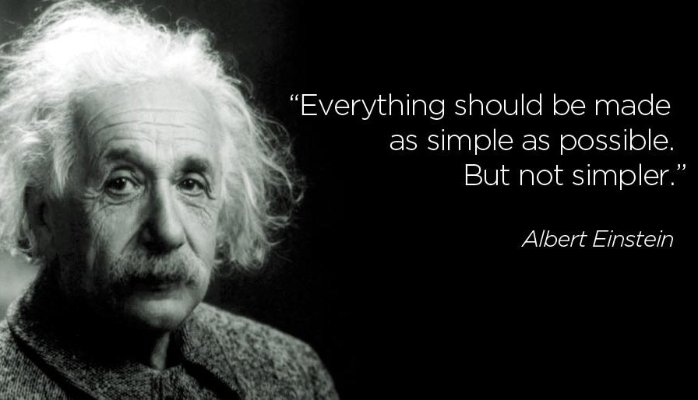Most people talking about the Sales Enablement function agree the goal of Sales Enablement is to improve the productivity and overall performance of front line sales professionals. But after that, a lot of the discussion starts going a little haywire—at least to me.
Usually, the discussion are around providing more to our sales team. They usually revolve around themes like:
More and better training…..
More and better content…..
More and better tools…..
More and better information about customers, competition, products, solution…..
Ironically, sales people are drowning in “more!”
We see time available for selling plummeting—primarily driven by internal distractions and the increasing number of “touchpoints” for getting things done within their own companies.
We see “sales stacks” skyrocketing, as we introduce more tools to help our sales people be more productive—but of course they have to learn how to use these tools, they have to keep data updated…..
We see people spending too much time sorting through all the information and data we provide them, figuring out what’s most relevant to their situation and their next meeting……. Recognizing this, we provide them more tools to help them sort through and manage information overload.
While everything we do is well intended, Sales Enablement (along with marketing and others) are at risk of loving our sales people to death!
We see data indicating this overwhelm and overload. Time available for selling is plummeting. In very large organizations, we see this at 9-22%. Voluntary attrition (sales people get pissed off because they are frustrated and leave) skyrocketing—often in the 30-40 +%, in one case 72%! Morale and employee satisfaction plummeting, even absenteeism increasing.
In fairness, this isn’t all attributable to Sales Enablement. It is the collective complexities of modern organizations and the challenges of getting things done. Each part of the organization, well intended, doing their jobs, but in the end, the impact on sales is overwhelming.
But Sales Enablement occupies a pivotal point for the organization and in driving sales productivity and effectiveness.
Sales Enablement’s number one job should be making things simpler for sales people! It should be about freeing up time, reducing distractions and to enable sales people to spend more time in selling! Imagine what could happen if we could just double time avialable for selling. Instead of 9-22%, we could go to 18-44% (we will never achieve 100%). Without changing anything about how they sell, we simply give them more time to sell! How much more could they produce with that simple change? (Of course, too many sales people would wonder what to do with all this new found time—but that’s a front line management challenge.)
Perhaps when we free up that time for sales people, we might have more impact in changing how they sell.
Perhaps the most important programs for Sales Enablement are business process simplification.

What if the sales enablement role became curators of all the knowledge, communication support and situation-ready content sellers need for key selling scenarios?
To do this they would have to analyze to know exactly what those scenarios are, in some detail. What knowledge, communication support and situation-ready is required for each situation?
This would inform better content creation in the first place. In the last place, curation involves “packaging” those “assets” for sales. It’s simple, really.
Outstanding, thanks Jim!
David, I SO agree with this statement: “Ironically, salespeople are drowning in more!'” We don’t need more, we need something efficient and effective to improve sales, show growth, and succeed in our enablement efforts. While better training, tools, and content is always good and can be beneficial, putting more, more, more out there isn’t always best. All of these things need to be planned and delivered purposefully. Otherwise, customers can get overwhelmed and confused, and so can the sales reps themselves. I believe that by using sales enablement software, teams can achieve this more efficient and effective organization. I also wholly agree that employees are getting overwhelming and overworked with little time to increase profits. There is definitely a negative culture within some organizations, which causes absenteeism and employee dissatisfaction. Employers need to find a way to change this and put sales reps and customers first again. Thank you for sharing this article… I couldn’t have said it better myself.
Great observations, thanks so much Rachel!